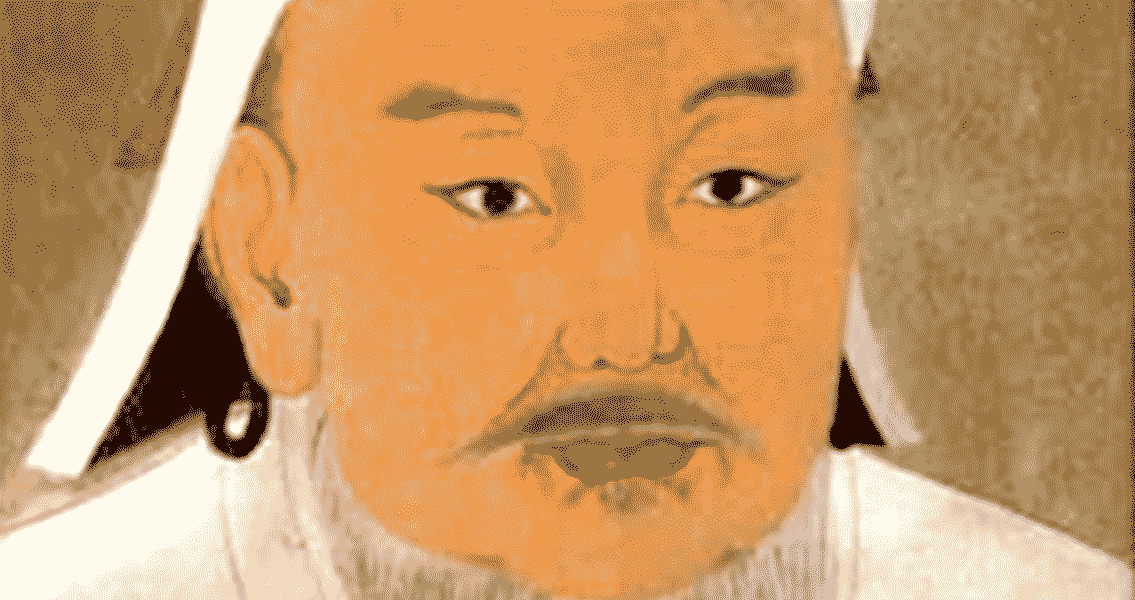<![CDATA[Remains of a 750 year old city called Ukek have been found alongside the Volga River. The city was ruled by the heirs of Genghis Khan. The discoveries include two Christian churches, one of which contained fine ceramics and stone carvings. The city of Ukek was founded a couple of decades after the great conqueror Genghis Khan passed away in 1227. After his death his kingdom was divided into several parts. Khan's grandson Batu Khan (1205-1255) founded Kipchak Khanate, which was popularly known as the Golden Horde Kingdom. The Golden Horde stretched from Central Asia to Eastern Europe and controlled a number of trade routes along the Silk Road that linked Medieval Europe to China. The name of the kingdom was derived from the golden tent Khan used as a base to rule. Ukek was built next to the Khan's summer residence, something which aided the city's development. Ukek was a multicultural place where people from many different religious beliefs including Islam, Shamanism, and Christianity practiced their religions. Archaeologists have found a Christian quarter in Ukek, shedding new light on the Christian community that lived under Batu Khan's rule. The archaeologists unearthed enough evidence to conclude that although no Christians ever ruled the kingdom, neither were they treated as slaves. Archaeologist Dmitriy Kubankin said that items including a Chinese glass hair pin belonging to the elite community of the city have been discovered in the area. The most significant findings in the Christian Quarter are the basements of two temples (churches are usually referred as temples in Eastern Christianity). One of the temples was built around 1280 but was then destroyed in the early part of the fourteenth century. Kubankin said that the temple was decorated with stone and mural carvings both inside and outside and was roofed with tiles. Inside the temple basement, archaeologists found the remains of commodities that might have been hoarded by the local merchandisers, including fine bottles and pallets that were imported from Iran, Egypt or the Byzantine Empire. Regarding those goods, Kubankin said that church basements were considered a safe place to store valuables. The other temple was built in 1330, after the first was destroyed. The archaeologists think that the later temple was in use until 1350. Kubankin said that presumably the second temple had a tile roof and stone walls, as a part of its base with an apse was uncovered during the excavation. ]]>
Ancient City Ruled by Genghis Khan's Successors Unearthed in Russia
